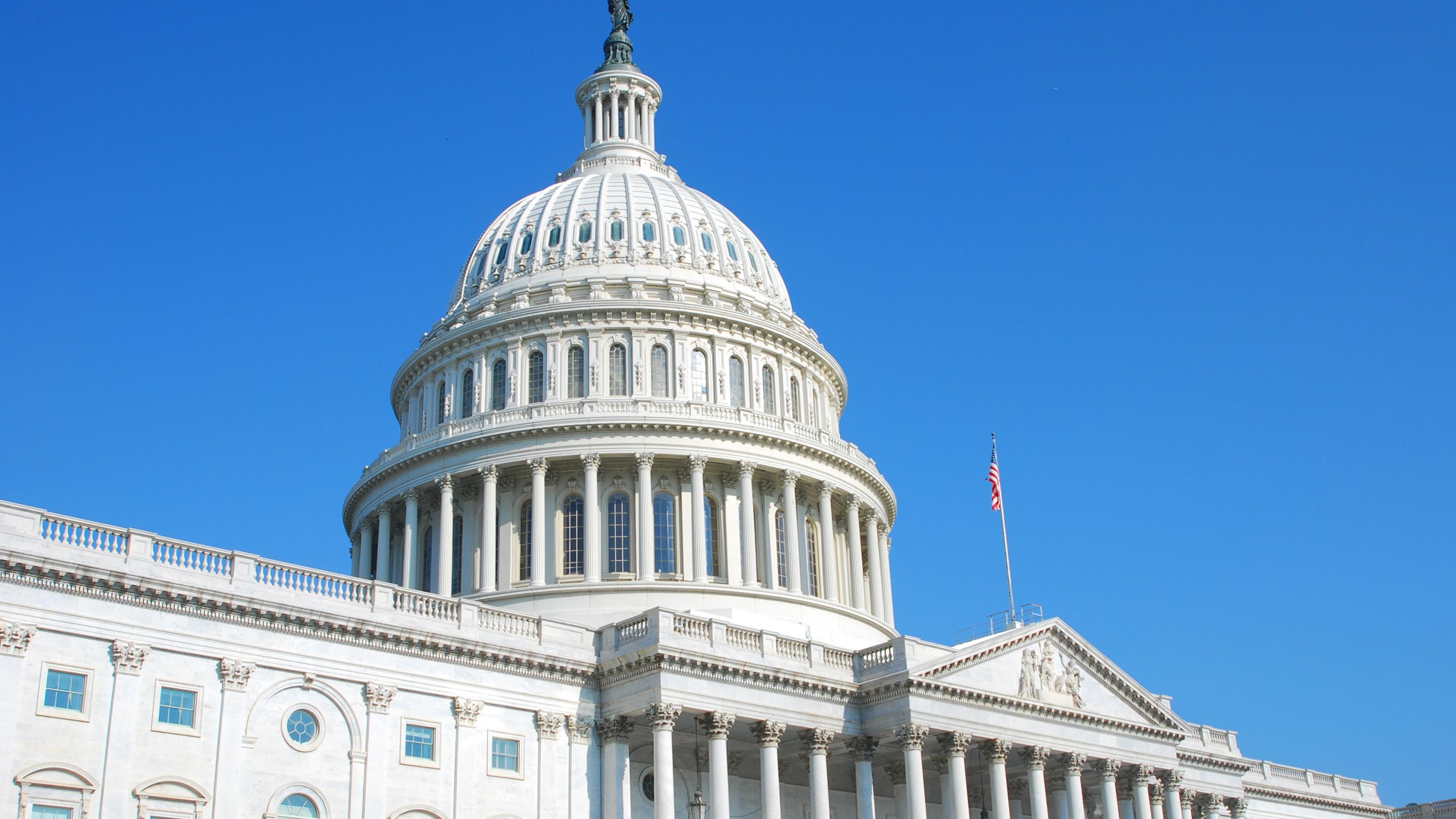The fastest-growing segment of the workforce? Not Gen Z

Are you ready for the 75-year plus workforce? That’s the question Dr. Charlotte Yeh from AARP Services Inc. asked our webcast participants when she sat down with Mercer’s Kate Brown to discuss how longevity is changing workforce demographics.
In the last 100 years, the 65+ age group has grown five times faster than the rest of the population. What’s even more surprising are projections that people aged 75+ will constitute the fastest-growing age band in the civilian workforce between now and 2030! As an employer, are you prepared for these changing demographics?
In this conversation, Dr. Yeh debunks common myths about older workers – including their inability to use technology to perform essential job functions. In fact, studies show that age-diverse workforces contribute to increased revenue and profit margins – perhaps not surprising given that people 50 and older, contribute $8.3 trillion dollars to the economy. At the same time, working later in life can provide seniors with purpose and social connections, both essential to health and happiness.
Here are actions Dr. Yeh says employers can take to create a work environment in which older employees can thrive and contribute.
Encourage cross-mentoring programs. Older adults can share work experiences and advice for handling stressful situations or other life events. Younger adults can share technology expertise or help co-workers develop new skills. Consider facilitating this type of cross-collaboration through the ways you structure work teams and schedules.
Adopt technology with an ageless design. It’s easy to dismiss adults who struggle to use technology, but how much of their technology issues are due to poor user design? When evaluating technology, consider whether the design is ageless – because if it works for older adults, it will likely work better across the spectrum. Good design is simple, easy to use, intuitive, and it understands the cognitive load and how people’s brains work. AARP has developed age-friendly best practices you can use to build technology and or leverage to evaluate your next purchase.
Support workers with hearing loss. About one-third of individuals over the age of 60 have clinically significant hearing loss, but they’re not alone – an AARP survey found that over 30% of millennials and Gen Y reported having difficulty hearing in noisy environments. Hearing loss can lead to decreased productivity, poor job performance, early retirement and increases in depression, dementia, loneliness, and social isolation. An AARP study with Johns Hopkins found that uncorrected hearing loss for 10 years leads to 46% higher healthcare costs. The good news is that hearing loss is treatable. It’s worth checking how your health plan covers hearing tests and aids.
Offer caregiving benefits. The burden of caring for a family member can lead to absenteeism and presenteeism. No matter what age employees are, adding caregiver leave so they can devote the time they need to care for a family member can result in increased productivity.
Avoid ageism. AARP did a study looking at media and marketing and found images of people aged 50 and older are seven times more likely to be negative than images of those under age 50. Only 13% of the images show an older adult at work and only 4% show an older adult with coworkers. Typically, older people are shown alone or with a partner in the home. It’s worth reviewing the language and images you use not only externally for your products and services but internally among your employees as well.
These are some simple, easy ways employers can make the most of shifting demographics.






